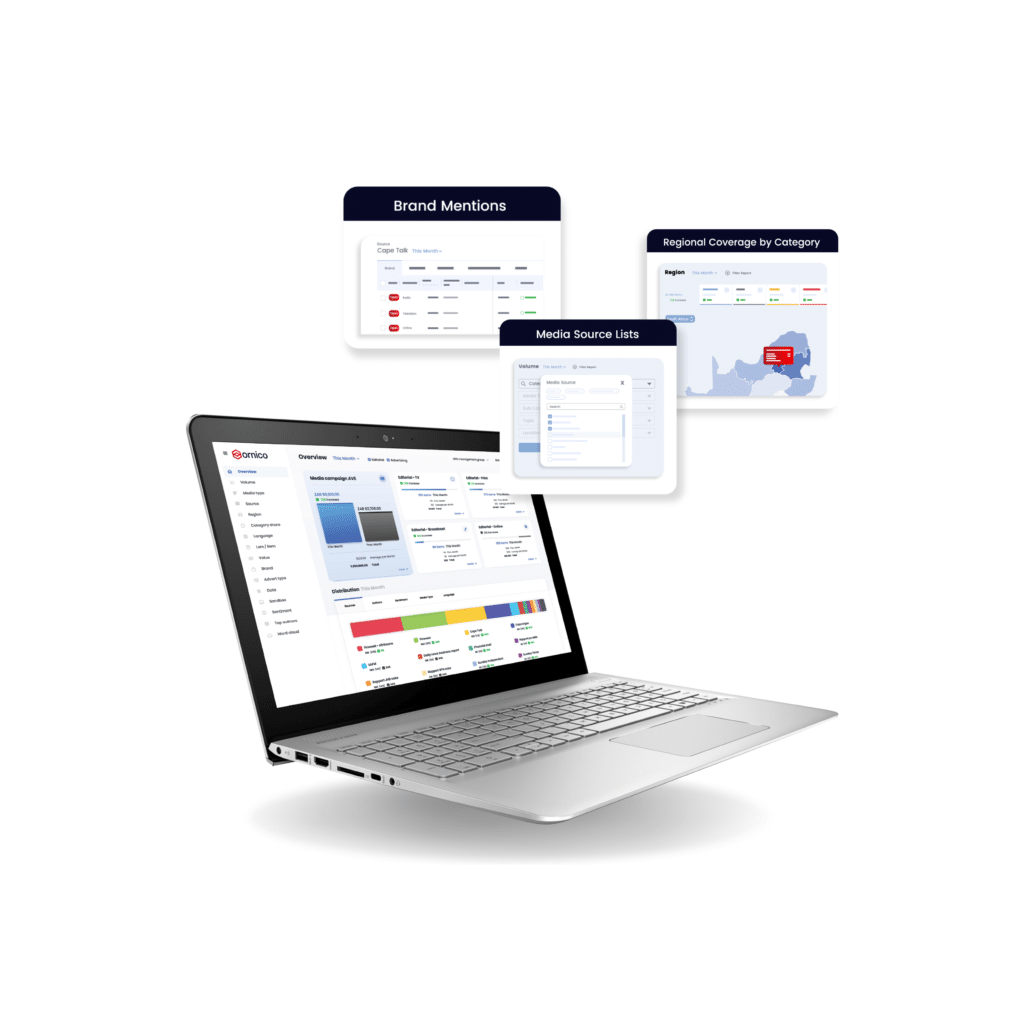This guide helps South African PR professionals elevate their role from tactical execution to strategic leadership. Backed by the latest industry data, it offers clear, practical steps to demonstrate value, measure impact, and lead in a digital-first world.
Based on the SA PR Measurement Landscape Report 2024 and the SA Social Media Landscape Report 2025
Introduction
Public relations professionals in South Africa face a rapidly evolving communications environment. With growing pressure to demonstrate value, manage digital complexity, and safeguard brand reputation, the role of PR is more critical than ever. This guide distills the latest local insights into actionable strategies, helping you move from tactical execution to strategic impact.
1. Build a Strategic PR Foundation
Current reality
Only 37 percent of PR professionals in South Africa report being included in strategic decision-making. Many still function across technical, managerial, and strategic roles, limiting the ability to focus on long-term outcomes.
What to do
- Advocate for inclusion in planning meetings and organisational strategy sessions.
- Align PR goals with overall business objectives.
- Report in business terms. Show how PR impacts sales, trust, retention, or stakeholder behaviour.
2. Adopt Smarter Measurement Frameworks
What is happening now
The majority of practitioners measure media outputs, while fewer track audience understanding (outtakes) or actual behaviour change (outcomes). Discredited metrics like AVEs are still used by nearly half of respondents.
Recommended approach
Use a three-tiered model:
| Measurement Level | Examples | What it Shows |
|---|---|---|
| Outputs | Media mentions, impressions, reach | Quantity of exposure |
| Outtakes | Message recall, understanding | Audience comprehension |
| Outcomes | Behaviour change, attitude shift | Communication effectiveness |
Tips
- Adopt the Barcelona Principles as your guiding framework.
- Set clear, specific objectives before campaign rollout.
- Report using insights that matter to executives and stakeholders.
3. Integrate Social Media into the Broader PR Strategy
Where gaps exist
A significant portion of PR professionals still do not measure social media alongside traditional channels, nor do they set platform-specific goals
Steps to integrate
- Establish social media goals that align with broader campaign objectives.
- Measure sentiment, engagement quality, and message resonance across platforms.
- Combine social and traditional media insights in your reports and post-campaign evaluations.
4. Start Using AI Tools Purposefully
What the data shows
Most PR professionals have not yet adopted AI for measurement, even though those who have report saving time, reducing costs, and improving efficiency.
Where AI can help
- Media monitoring and real-time alerts
- Content summarisation and competitive analysis
- Trend tracking and sentiment analysis
Caution
Avoid using AI for final content creation or sensitive messaging. Use it to support, not replace, human insight.
5. Prepare for Synthetic Media and Digital Deception
Emerging risks
AI-generated deepfakes, impersonation of executives, and fake influencers are already affecting global brands and will increasingly impact South African companies.
How to protect your brand
- Create protocols for verifying digital spokespersons and influencer partnerships.
- Build a crisis response playbook that includes synthetic media scenarios.
- Monitor sentiment shifts and emotional tone to detect reputational risks early.
- Educate leadership and clients about the threats posed by fake media.
6. Upskill and Contribute to Industry Growth
The challenge
Many practitioners lack formal training in PR measurement and remain unfamiliar with the global standards guiding the profession.
Recommendations
- Participate in professional development events and webinars.
- Familiarise yourself with AMEC’s resources and the Barcelona Principles.
- Share your knowledge internally and mentor junior staff.
- Stay informed by reviewing annual reports such as those produced by Ornico and partners.
7. Demonstrate PR Value to Secure Support
Top barriers to success
The leading obstacles reported by PR professionals include limited budget, lack of time, and difficulty proving value to management.
The issue with AVEs
AVEs are still widely used but do not reflect the true value of PR. They ignore message quality, audience impact, and actual outcomes. Relying on AVEs distorts effectiveness and undermines PR’s strategic role.
How to overcome these challenges
- Develop reporting frameworks that link communication efforts to measurable business outcomes.
- Replace AVEs with metrics that reflect reach, sentiment, engagement, and stakeholder action.
- Use visual dashboards or summary reports to make insights clear and digestible for executives.
- Benchmark against industry data to show where your efforts are performing above or below average.
- Reframe PR as a strategic business function that contributes to trust, positioning, and real-world results.
Conclusion
The South African PR landscape is moving toward a more strategic and integrated future. PR professionals who can demonstrate impact, align with business goals, and lead on digital platforms will be well-positioned to add meaningful value to their organisations and clients. This requires more than tools or tactics. It demands clarity, confidence, and continuous learning.
PR is no longer just about getting attention. It is about earning trust, managing complexity, and driving results.
Ornico is The All in One Brand Intelligence® solution built for marketing professionals first. Take control of all your brand needs with creative monitoring, media monitoring, ad spend measurement, creative evaluation analysis, reputation management, crisis and risk management and competition analysis – all in one place. Hello, Brand Intelligence®. Book a demo today









